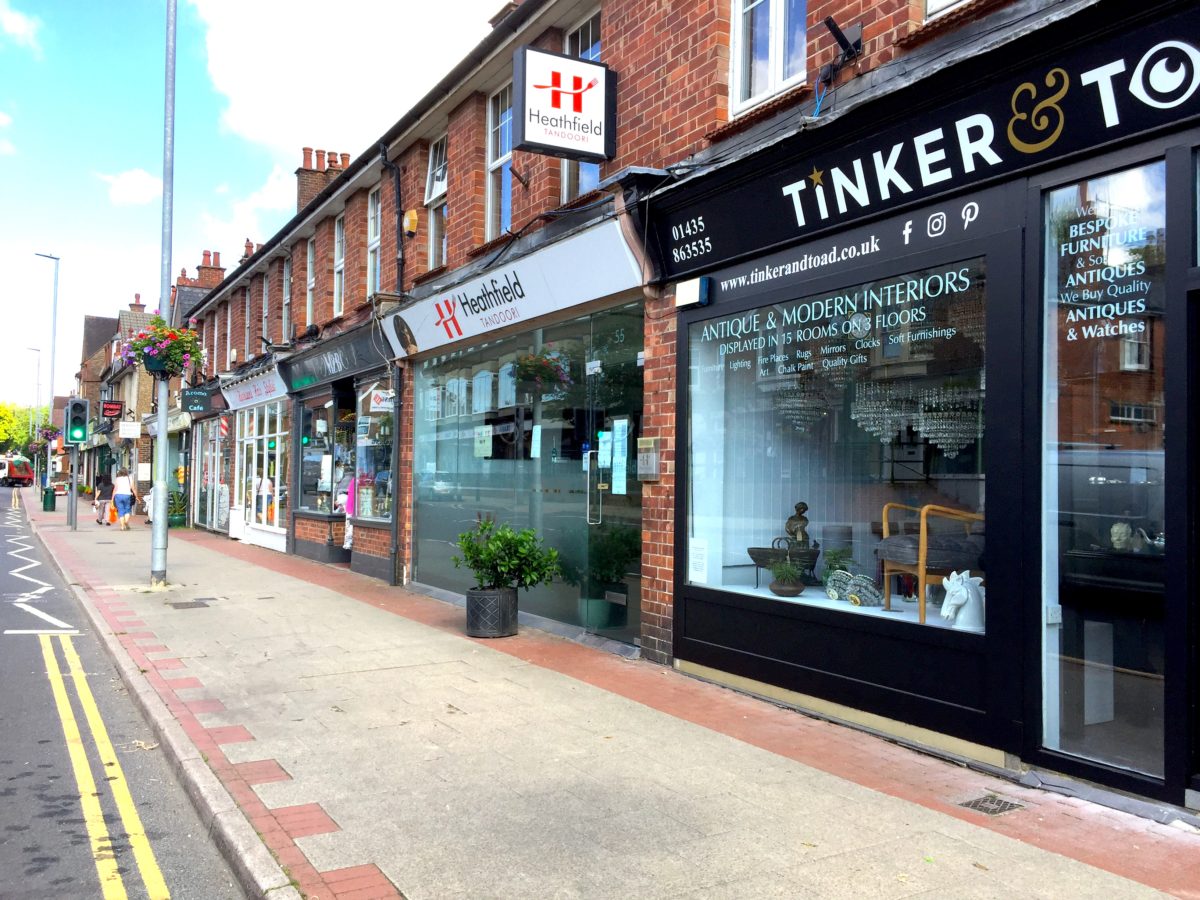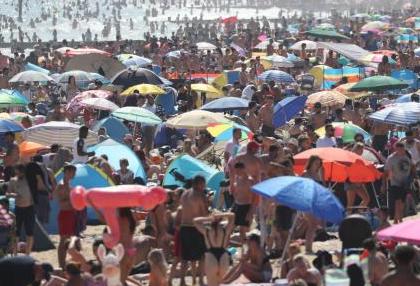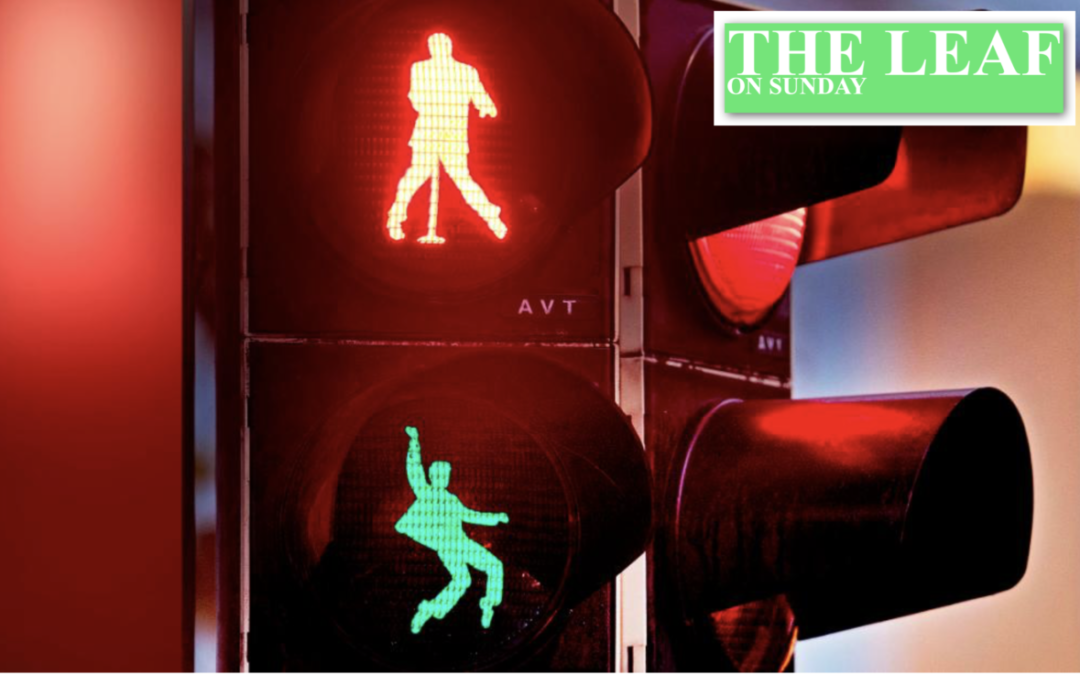At last, for young people and families with children in particular, some welcome relief from the monotony, isolation and mental stress of the lockdown. The chance to meet up with family and friends, start shopping for something other than food, go to the pub, eat out, visit a beach, get a haircut, and maybe even go on holiday.

All these engender the sense of a return to something more like normal life; albeit a new-normal life where for many the hardship, the job insecurity and challenges like restarting the education system are still very real. And for our local businesses such as pubs, hairdressers, dog-groomers and high streets shops, the chance to get back to some semblance of financial viability will be a lifeline after a nightmare period of financial hiatus. But while for the many the process of easing will hopefully continue to create more and more freedom, for a significant minority of covid-vulnerable people the easing may obversely bring increasing risks and challenges. There will be a gradual easing of the restrictions, for those currently shielding, but as they venture out they may find it hard to maintain the social distancing that will be so vital for their own safety. The new guidelines “two metres social distancing, or at least one metre where necessary” rely hugely on people using common sense. For most people, common sense will hopefully mean continuing to be considerate to those who may wish or need to maintain a safe distance at all times.

But recent events tell us that a minority already feel comfortable with no social distancing at all, and may not feel it necessary to keep their distance. When the covid lock-down was at its peak, those who ventured into our local towns almost invariably wore masks, even though the streets were virtually empty. Today, as the high streets get back up to speed and shops become busier, there are virtually no masks to be seen. And yet the government scientists are at pains to point out that the virus is still very much present in the population, and is still very dangerous for many people. And if we are to avoid a wider re-igniting of the pandemic, the population as a whole needs to understand the importance of keeping the social breaks on even when the apparent danger appears to be subsidising. We don’t have to look far across the pond to see the potentially catastrophic results of an ill-informed and over optimistic rush back to social business a usual. But despite this Sage advice in the UK, the general feeling seems increasingly to be that ‘the bad times are over, the infections rates are dropping, and there’s no longer anything to worry about”. So it could be the case that the more the lock-down is eased, the more the most vulnerable will feel rightly nervous about venturing into any situation that brings unpredictable risks. Which in turn means that there will continue to be a significant need for support, and voluntary help, for the most isolated and vulnerable. Fortunately our own local volunteer coordinators are still very active, well organised, and ready to respond to all requests for local help and support (see article on the LCCN). We can also be confident that our local high street shops, doctors surgeries, pharmacists and other key services will continue to maintain clear and helpful distance guidance and safety measures – which in turn will help to encourage and sustain responsible and well-informed ‘common sense’ behaviours which will benefit everyone in the longer term. Here’s hoping.

Recent Comments